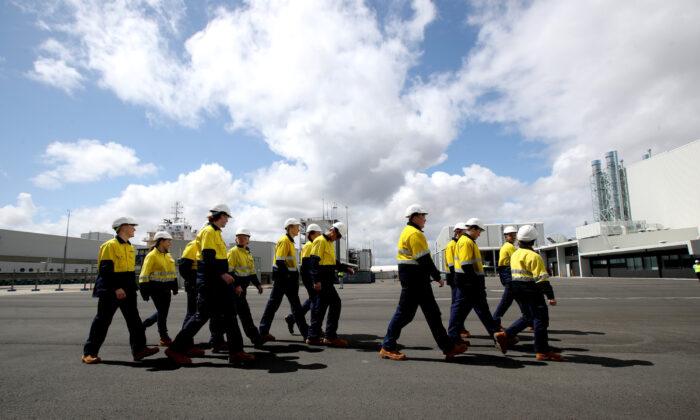Ai Group Chief Executive Innes Willox said the uptick of production and employment indices was driven by increased sales, which had lost ground amid the pandemic last year.
“Growth was distributed broadly across manufacturing with particular strength among producers of machinery and equipment and chemical products,” Willox said.
“The building products sector saw a welcome return to growth on the back of strength in house building and renovations. The large food and beverage sector continued to expand while the metal products sector slipped lower in February,” Willox said.
However, the main top concern for manufacturers is the uncertainty brought on by the pandemic.
“Many report fluctuating (and unpredictable) demand and heightened uncertainty, with customers taking a ‘wait and see’ approach to large new orders in 2021,” the Australian Industry Group noted.
That said, Willox remarked that manufacturers are “generally positive” about the outlook for the next few months, with a greater pace of orders coming in and as the restrictions on activity and cross-border travel are wound back.
Four key findings of the report noted that six of the seven activity indices expanded in February, with the Australian PMI of 58.8 indicating that manufacturing activity is expanding.
According to the PMI index, any rate above 50 on the scale means manufacturing activity is expanding, while below 50 means that it is declining.
Moreover, the report noted that only the stocks index contracted (down 5.6 points to 48), with the report arguing that this might be because of “buoyant sales” in the month (up 15.7 points to 62.2).
Production, sales, employment, and new orders also improved in the December and January period, with the new orders index (up 5.3 points to 59.9) indicating further strong production in the coming months.
Five of the six manufacturing sectors expanded in February, with only the metal products sector reporting mildly negative conditions (down 0.8 points to 48.7).
The input prices index jumped above its long-run average (67.4 points) to record its highest result since Oct. 2019 (up 9.7 points to 74.1), indicating faster input price increases, on average, for manufacturers. Selling prices, meanwhile, increased only slightly (up 0.4 points to 51.2).
Further, the average wages index returned to more normal levels in February (up 1.8 points to 58.2) after dropping sharply due to COVID-19 in 2020.
The Australian PMI is a national composite index calculated from a weighted mix of the diffusion indices for production, new orders, deliveries, inventories, and employment. Results are based on responses from a national sample of manufacturers that includes all states and all sub-sectors.





